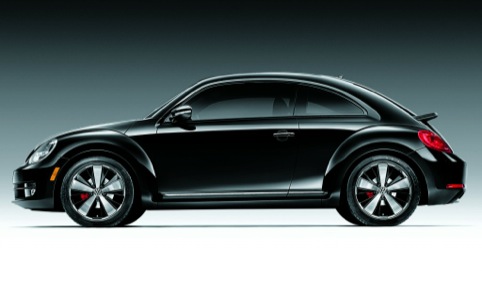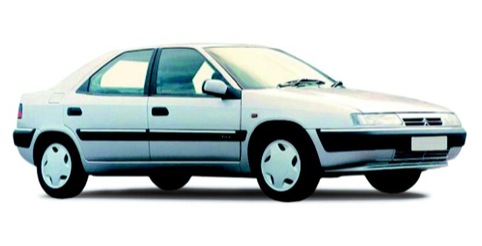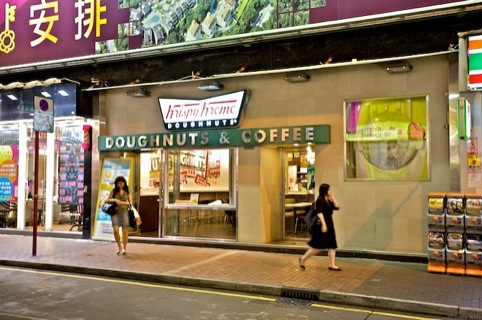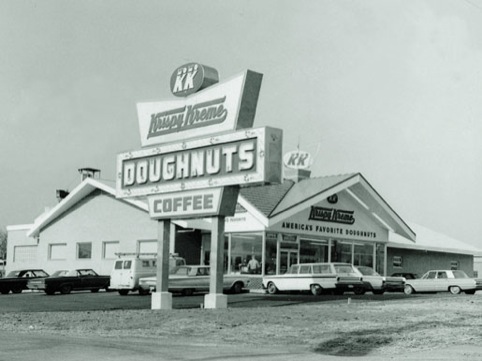How to make people desire a brand
One of the most powerful tools a brand can use to connect with consumers is desire. It’s a compelling and powerful emotion that turns attraction into consideration, and can ultimately lead to selection. Desire encourages consideration and preference and evokes a strong emotional connection between a brand and its user. Simply put, desire turns a want into a need.

My consultancy Sedley Place has identified seven key principles it believes are vital to creating desire.
Positive Heritage is one of these. A strong heritage provides a brand with tangible roots, inherent credibility and a proven guarantee of quality. When brought to life in an emotive brand story, heritage is arguably the most effective brand differentiator of all – especially in a world where new brands are created every day. Some of these new brands have integrity and a real consumer-focused purpose, but many are pure artifice – the triumph of style over substance. Positive heritage gives a brand authenticity, an attribute many consumers are looking for in an uncertain world.

VW is a brand that recognises and builds on its positive heritage. An international brand, and now the largest and most successful car-maker in China, VW has spent many years developing individual models (such as the Beetle) as well as its total product range, while staying true to the principles that have made the brand synonymous with quality, reliability and German engineering skill. As a result, consumers’ desire to own the brand has only increased.
However, no brand is immune from the pitfalls of losing sight of its heritage and the inherent desire this generates, in particular as they enter emerging markets. Citroën is an example of what can go wrong when a brand’s heritage is lost – particularly a design pedigree and reputation for innovation and head-turning style. In the 90s, conservatism – and the mistaken belief it should adopt other brand’s defining design features and language – caused its vehicles to lose lustre and sales. Instead of leveraging its tradition for technical innovation and unique design – as borne out by models like the Traction Avant, 2CV, DS and SM – it plumped for copycat styling and mundaneity.

If Citroën had focused on its intrinsic Positive Heritage, the brand might not have lost its way. Fortunately we see Citroën returning to its roots with the re-launch of its iconic DS nameplate – a return that has even garnered praise from the ever-opinionated trio at Top Gear.

Finding new markets presents additional challenges, whether it’s targeting core consumers in a home market or finding new ones in emerging markets such as the BRIC countries (Brazil, Russia, India and China). Building desire for your brand and communicating its unique attributes becomes even more important when the audience has no prior knowledge of a brand’s heritage as a starting point. The challenge is not only to communicate this heritage, but make it relevant to the new market the brand is entering.
This concept is called Building Integrity. Successfully building integrity gives a brand the ability to deliver the right experience in any format or environment, anywhere in the world. Coca-Cola has done an excellent job of building its brand elements around one simple yet powerful proposition: open happiness. This term goes far beyond marketing. It’s become a philosophy that even drives architecture and design decisions for corporate offices.

Contrast this with other brands, such as Marks and Spencer or Krispy Kreme Donuts, who, despite having a strong identity in their home markets, have stumbled internationally. Krispy Kreme represented the all-American coffee shop but when it went abroad the stores’ designs remained nearly identical – with little to no adaptation to individual consumers’ understanding of the brand. Without a strong desire from consumers to relate to Krispy Kreme’s particular aspect of American culture, there was no desire for the brand, and thus no need to buy doughnuts from the brand. It also moved away from the brand promise of being fresh and homemade by mass-producing the product at regional centres and shipping them to stores each morning. As a result, the brand lost its integrity and most international stores closed down.

We build desire because we know it creates such a powerful connection – a connection that transcends the rational and engages the emotions. This emotional connection translates a mere transaction into a relationship and encourages loyalty, and we know from research that loyalty is rooted in the emotions. Desire turns a want into a need and engenders love and loyalty. Fundamentally desire leads to purchase, preference and endorsement – three things that result in increased sales and market share.
Mick Nash, Sedley Place managing director and author of The Seven Principles of Desire
-
Post a comment




